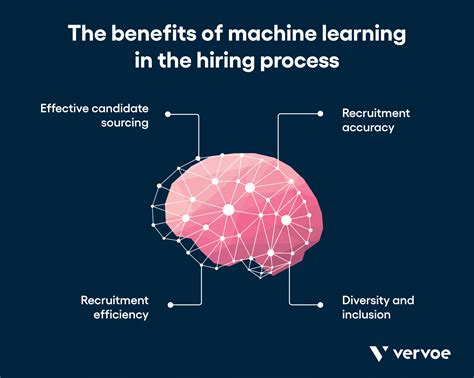In the ever-evolving landscape of tech hiring, one increasingly popular method is reminiscent of an orchestra audition: the ‘work-sample testing’ approach. Unlike traditional interviews that often rely heavily on theoretical questions and algorithmic puzzles, this method aims to evaluate candidates based on real-world tasks that mimic the job they would perform. Work-sample testing allows companies to see firsthand how a candidate approaches and solves problems, potentially offering a more accurate gauge of their capabilities and fit within a team.
Support for this approach comes from varied corners of the industry. Advocates argue that traditional interviews can sometimes miss the mark, focusing too narrowly on skills that may not directly translate to daily tasks. For instance, companies like Google and Meta often emphasize algorithmic challenges reminiscent of competitive programming. While such tests can identify candidates with strong problem-solving abilities, they may overlook other critical traits, such as teamwork, communication, and the ability to navigate the complex ecosystem of a tech project. One commentator from the HN community even lamented that candidates who excel in such exams often have to drill extensively on mundane tasks, which might not truly reflect their on-the-job performance.
The use of work-sample testing isn’t without its skeptics. Some raise concerns about authenticity—specifically, whether the candidate truly completed the work independently. To address this, some companies have implemented follow-up interviews designed to probe deeper into the candidate’s work. For example, one might be asked to discuss specific sections of their submitted code, articulating what they are most proud of and what aspects could be improved. This ensures that the candidate not only possesses the technical chops but also understands the broader implications of their work.
Another compelling dimension to this debate is the concept of pairing candidates with current team members for actual work tasks. As one industry veteran highlighted, this method offers a more dynamic and comprehensive evaluation, by providing insights into how the candidate collaborates and communicates in real-time. Pair programming sessions, even on straightforward tasks such as ‘FizzBuzz’, can be remarkably revealing, shining a light on a candidate’s thinking process, coding style, and willingness to engage. Over the years, such methods have proven effective in reducing hiring errors, while also ensuring that new hires are not just technically proficient, but a good cultural fit.
The traditional probation period also intertwines with these modern hiring practices. In regions such as Germany, it is common for new hires to undergo a six-month probationary phase, during which their performance is closely monitored. This extended period allows employers to verify the competencies of the candidate and spot any red flags before the end of the probationary period. In this context, the combination of work-sample testing and a probationary phase can function synergistically, offering a comprehensive evaluation of a candidate’s long-term potential.
Contract-to-hire is another model that has been embraced by many organizations seeking a middle ground. Under this arrangement, candidates are initially brought on as contractors for a set period, typically ranging from three to six months, before a full-time employment decision is made. This approach has its pros and cons. It provides an extended evaluation window, while also allowing the candidate to experience the company culture. However, it can also deter mid-to-senior level candidates who may seek the security of a full-time position over the uncertainty of a short-term contract.
Ultimately, no hiring process is without flaws. As one of the commentary points rightly observed, both employers and candidates often present their best selves during the hiring process, masking potential problems that only surface months later. Nonetheless, by incorporating tactics like work-sample testing, pair programming, and extended probationary periods, companies can make more informed hiring decisions. In doing so, they move closer to finding the right blend of technical mastery, cultural fit, and long-term potential that creates a successful and cohesive team. As tech hiring continues to evolve, these innovative practices may well become the new standard, offering a more nuanced and comprehensive view of a candidate’s true abilities.


Leave a Reply